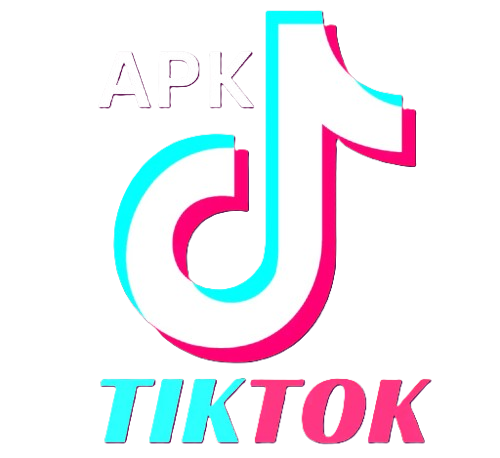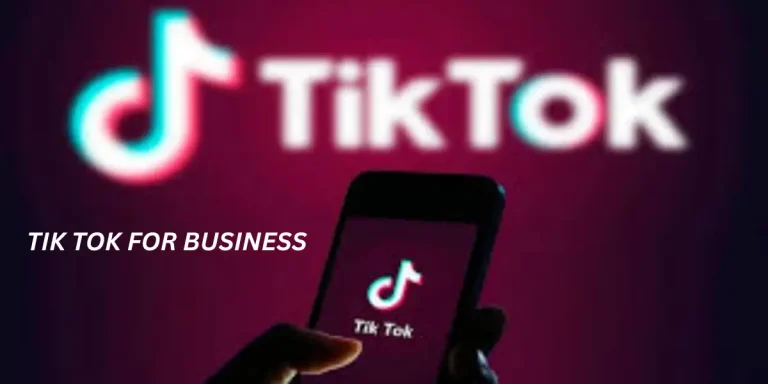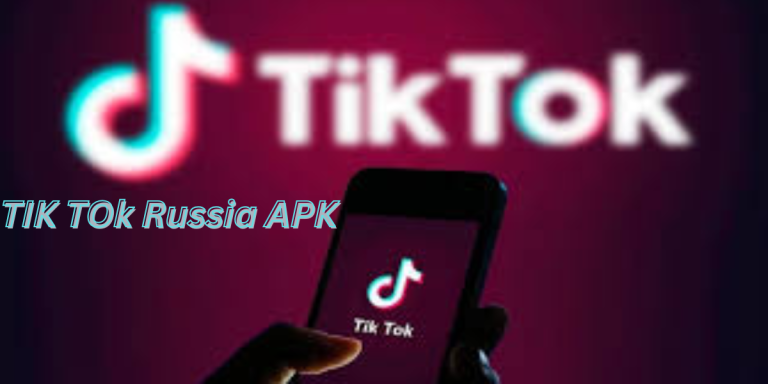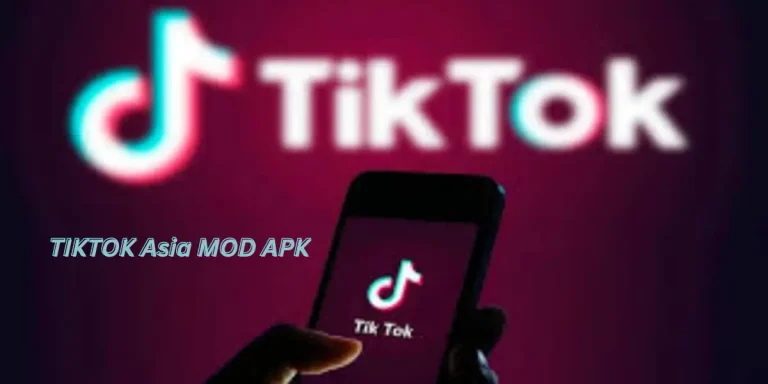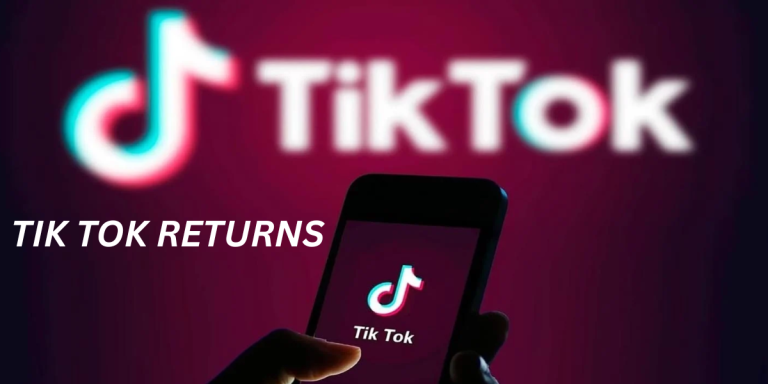TIK TOK TRUMP
What’s Next for TIK TOK After Trump’s 90-Day Extension?

The Future of TIK TOK in the U.S. After April 5 Extension
On April 5, 2025, the fate of TIK TOK in the United States entered another phase of variability and hope. After months of pressure to deprive or face a ban, President Donald Trump occurred with a 90-day extension, giving TIK TOK—and its parent company Byte Dance—an opportunity to find a workable deal. But what happens next? Can TIK TOK survive in the U.S.? Let’s break it down based on the latest developments, political climate, legal actions, and TIK TOK’s global authority.
Background – Why TIK TOK Is Under Pressure
TIK TOK, granted by Chinese tech giant Byte Dance, has long been in the crosshairs of U.S. lawmakers over have to do with about user data privacy and national security. The U.S. government believes that Byte Dance could be urged to share American user data with the Chinese government, putting sensitive information at risk.
This concern led to codification demanding Byte Dance divest its ownership or face a total ban in the U.S. market. The original deadline was January 19, 2025, but Byte Dance missed it. Now, with Trump’s executive order granting a 90-day delay, the new deadline gives TIK TOK a potential second chance—if it plays its cards right.
Trump’s Strategic 90-Day Extension – What It Means
On January 20, 2025, Donald Trump issued a new executive order delaying fulfilment of the ban for 90 days. This move has been seen as both a lifeline and a strategic gesture toward TIK TOK’s massive user base, which consists of over 150 million users in the U.S. alone.
The extension gives TIK TOK and U.S. tech stakeholders time to inspect a joint venture or partial divestment structure. Rumors suggest a potential deal that would allow a U.S.-based company or group to take 50% ownership of TIK TOK’s U.S. operations.
This plan would need the approval of both U.S. and Chinese authorities, adding complication to the negotiation process. China has hinted at allowing Byte Dance to decide independently, but also stressed that its own regulations must be respected.
Legal Challenges – TikTok’s Road Through the Courts
TIK TOK has not been idle in the face of regulatory challenges. It pursued several legal actions challenging the ban, attest that it violates the First Amendment and unfairly targets one company. However, in January 2025, the U.S. Supreme Court upheld the law, stating that divestiture is a necessary action for national security.
Although TIK TOK has debilitated legal remedies domestically, it now hinges its future on either political support or a business resolution. With courts out of the picture, the only real options left are either finding a buyer or shutting down in the U.S. market.
SERP Trends and Public Sentiment
Analyzing current search trends and public sentiment reveals that American users are not entirely on board with the ban:
demonstrates a high public interest in keeping TIK TOK accessible, extremely among young creators, influencers, and small business owners who use the platform as their primary marketing tool.
TIK TOK’s Global and U.S. Impact
TIK TOK isn’t just an entertainment app—it has reshaped the digital landscape:
Its algorithm is unmatched, making it a critical player in creator economy and short-form video innovation.
Possible Outcomes After the 90-Day Period
1. A Successful Deal If
a deal is struck with a U.S. company—such as Oracle or another tech player—TIK TOK could continue operating under a new ownership model. This would likely satisfy lawmakers and allow the app to keep developing in the U.S. market.
2. Inaction and Ban
If negotiations fail and Byte Dance refuses to divest, U.S. service providers (like app stores and cloud hosts) could be legally required to remove TIK TOK, forcefully banning it in the country.
3. Continued Extensions
Given the political and public pressure, it’s also possible that another extension may be afford, keeping TIK TOK in a gray area—neither fully banned nor safe.
What TIK TOK Is Doing to Stay in the G
Why TIK TOK’s Future Matters
TIK TOK is more than just a social platform. For millions, it’s a source of income, a creative outlet, and a community hub. Its removal would effect:
Given these stakes, the outcome of these negotiations could set a precedent for how the U.S. treats other foreign-owned apps and platforms in the future.
Conclusion – What Lies Ahead
As we approach the April 2025 deadline, TIKTOK’s future remains uncertain but hopeful. With a strong user base, cultural importance, and active political engagement, the platform is far from giving up. The next few weeks are critical. If a deal is struck, it could not only save TIK TOK but also reshape how digital sovereignty and data privacy are handled globally.
One thing is clear: TIK TOK isn’t just an app—it’s a movement. And for now, that movement continues.
